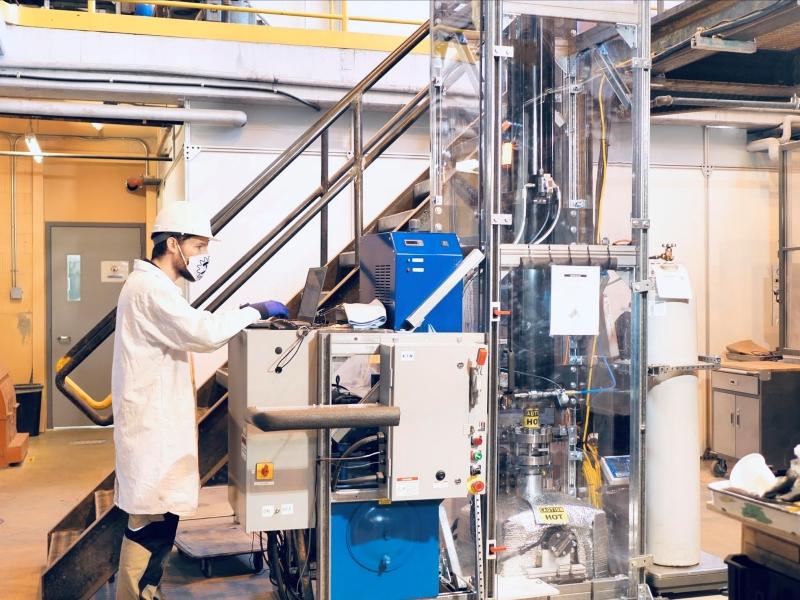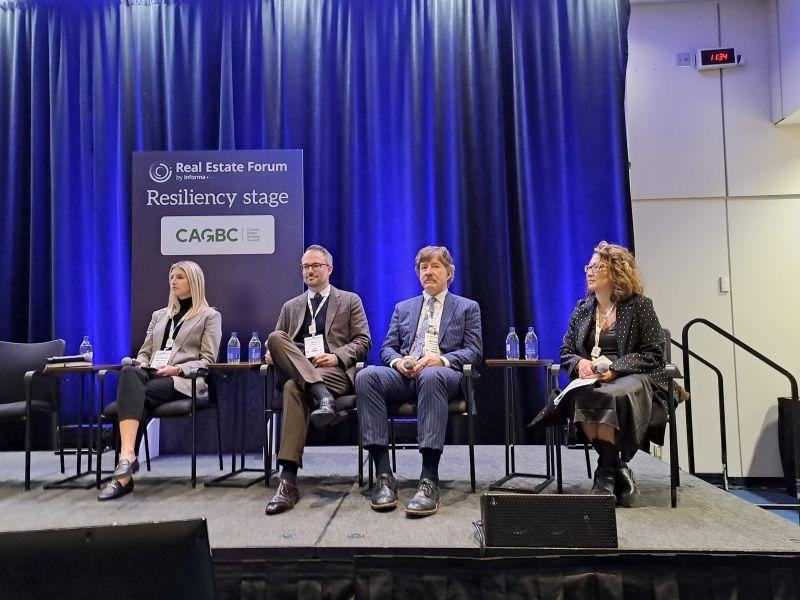
GUEST SUBMISSION: Sustainability continues to be top of mind across industries, trickling down to consumers and influencing how they make purchase decisions.
In fact, 69 per cent of Canadians are reportedly paying more attention to the environmental impact of what they consume, but are relying on companies to act as leaders in driving positive social and environmental outcomes.
While luxury fashion represents opulence, exclusivity and timeless elegance, there is increasing pressure from consumers for more action.
Balancing the act of maintaining grandeur while shifting towards sustainability can be challenging due to the industry’s reliance on craftsmanship, premium materials and global supply chains.
At this pivotal moment, luxury fashion houses find themselves navigating the complexities of sustainable production without diluting the allure of their offerings.
For those who are working on developing their sustainability approaches, it is important to remember this process takes an incredible amount of time – there are many factors that go into creating a strategy that aligns with the business values and direction – which is why the first step should be to take a look around at what has already been done across the industry.
Researching the industry landscape
When preparing a sustainability framework for a luxury brand, there’s no need to reinvent the wheel every time. Many companies have already established tried and true methodologies. Have a good look at what the leaders in your category do and how they are achieving their goals. Is there anything you can replicate in your business? Learn from their processes and practices to make a plan for your business.
When we zoom out and look at the bigger picture, we are all trying to achieve the grander objective of protecting the planet and people. What this looks like across industries and even business-to-business can differ, but growing together is the best solution for our customers and our planet.
Developing and implementing sustainable practices takes an incredible amount of time, so we should celebrate, learn from and imitate other brands we admire, or compete with, as much as possible. Learning and imitating sustainable innovation or initiatives from others only drives growth and momentum in our category.
Alignment with business values
The key to creating a sustainability framework in the luxury fashion industry is tying it back to the company’s core values. Focus on thinking about the main impact you have operating as a business and how you can do things better.
Can you get more transparency on your supply chain? Can you change some of your electricity bills to renewable energy? Find small changes you can make that have a material difference.
When looking at the fast fashion sector, the quick production turnover and focus on cutting costs emphasize the value of quantity over quality. Whereas, the luxury sector aims to design products with their entire lifecycle in mind.
An extension of this is ensuring materials can be reused, recycled, or repurposed instead of ending up unwanted. The idea of circularity can be ingrained throughout the entire business.
For example, luxury retailer Louis Vuitton offers client care and repair workshops around the world to ensure its products are passed down through generations. This represents a significant shift from the traditional linear model of production and consumption to a more sustainable approach.
Implementing creative solutions through collaboration
When thinking about circularity, specifically what this looks like in different sectors of the luxury fashion industry, there are lots of opportunities to get creative with how we approach this. At Michael Hill, we introduced the Re:cycle program allowing customers to turn in their unwanted or broken gold jewelry in exchange for a store credit for the value of the piece. This provides a unique opportunity for already mined gold to find a new home, while also involving the customer in supporting a meaningful initiative.
Also, looking at ways to support communities and integrating sustainability in charitable partnerships can go a long way in improving the lives of people across the supply chain.
By working with suppliers that meet the business’ expectations on social and environmental impacts, companies can ensure their sustainability initiatives are truly making a positive impact and are aligned across the board.
In the jewelry industry, it is essential to know where our materials are coming from. Aligning with industry regulators like the Responsible Jewelry Council ensures we are taking the necessary steps throughout the supply chain and doing our due diligence.
The role of luxury fashion in the push towards sustainability
The luxury and fashion categories often provide industry-leading thinking which impacts culture and design around the world. We can play a big role in educating and guiding customers on more sustainable and responsible practices, as well as paving the way for other levels of brands to follow.
If we all truly own the impact we have in our supply chains, understand the impact we have on the planet and its people and embed that into our daily operations, we will not only see the impact on our category but also on the overall industry in the next five to 10 years.










